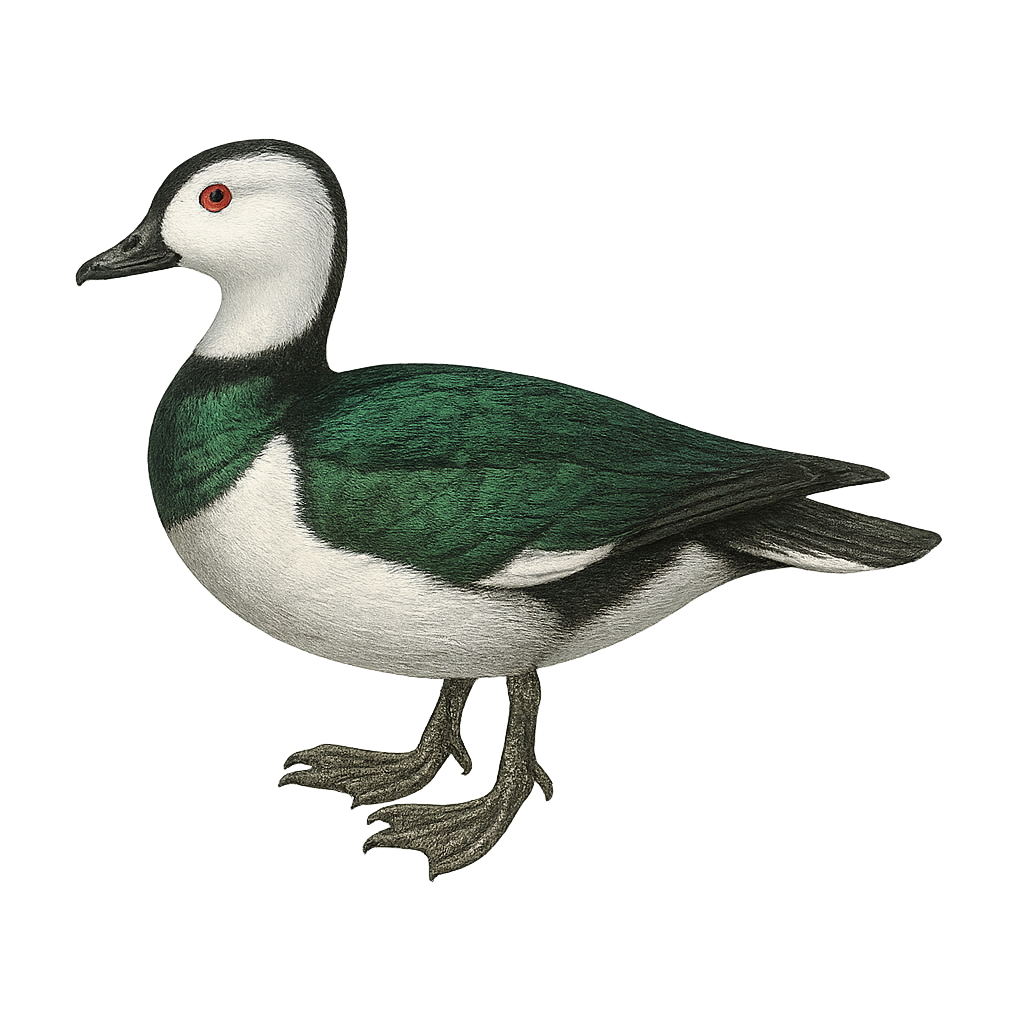Your wildlife photography guide.
Explore the cotton pygmy goose in detail, study its behavior, prepare your shots.
Where to observe and photograph the cotton pygmy goose in the wild
Learn where and when to spot the cotton pygmy goose in the wild, how to identify the species based on distinctive features, and what natural environments it inhabits. The WildlifePhotographer app offers tailored photography tips that reflect the cotton pygmy goose’s behavior, helping you capture better wildlife images. Explore the full species profile for key information including description, habitat, active periods, and approach techniques.
Cotton Pygmy Goose
Scientific name: Nettapus coromandelianus

IUCN Status: Least Concern
Family: ANATIDAE
Group: Birds
Sensitivity to human approach: Suspicious
Minimum approach distance: 10 m
Courtship display: June to September
Incubation: 25-26 jours
Hatchings: June to October
Habitat:
wetlands, lakes, marshes
Activity period :
Primarily active during the day, with peak activity in the morning and late afternoon.
Identification and description:
The Cotton Pygmy Goose is a small, tree-dwelling duck often mistaken for a goose due to its English name. It is identifiable by the male's striking black and white plumage, while the female displays more subdued shades of brown and grey. It primarily inhabits the wetlands of South and Southeast Asia, feeding on aquatic plants and small invertebrates. Its small size allows it to navigate dense vegetation with ease. Although its flight is swift and direct, it spends much time swimming on the water's surface. The species is generally discreet but can be seen in small groups.
Recommended lens:
400 mm – adjust based on distance, desired framing (portrait or habitat), and approach conditions.
Photography tips:
To photograph the Cotton Pygmy Goose, choose early mornings or late afternoons when the light is soft and flattering. Use a telephoto lens of at least 400mm to capture details without disturbing the bird. Wait near wetlands, remaining still to avoid scaring it away. Opt for a natural background to highlight its distinctive plumage. If possible, use a tripod to stabilize your camera and achieve sharp images.
The WildlifePhotographer App is coming soon!
Be the first to explore the best nature spots, track rutting seasons, log your observations, and observe more wildlife.
Already 1 431 wildlife lovers subscribed worldwide

